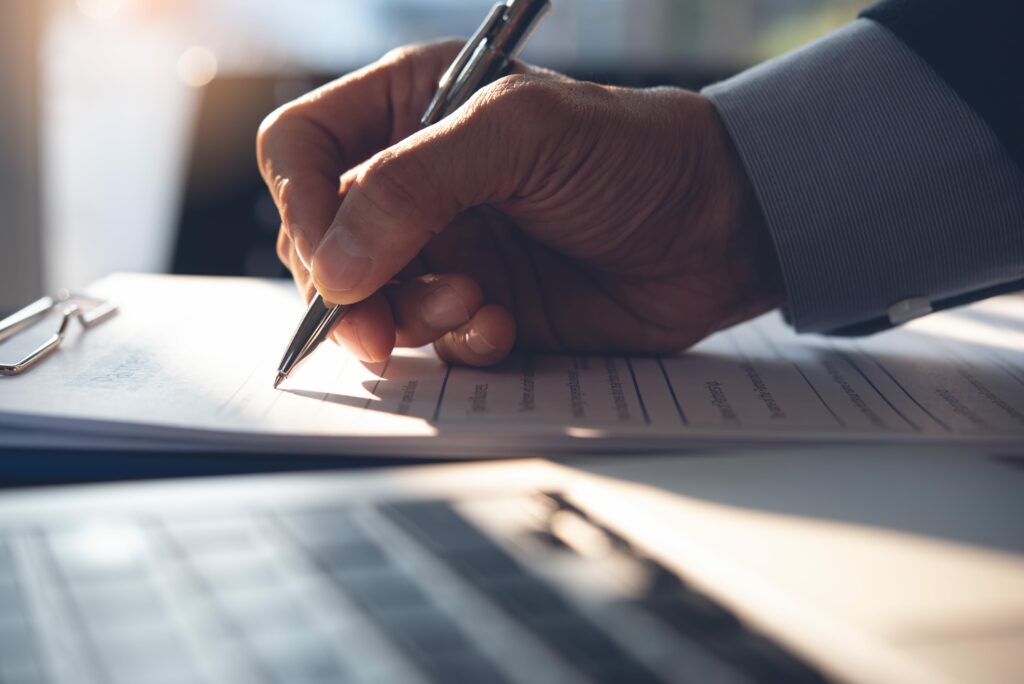
Insight
The Copyright, Designs and Patents Act 1988 (CDPA 1988) provides the legislative framework for the rules around copyright ownership and infringement. Under CDPA 1988, copyright protects the way in which an idea is expressed (i.e. a painting, a song, or the text in a book), and not the ideas themselves.
A computer program and the preparatory design material for a computer program benefit from copyright protection under the CDPA 1988 as literary works; it is the software code in which an AI product is written that can qualify for the protection.
This is where the situation gets more complicated. Where a literary, dramatic, musical or artistic work is created by an individual who uses AI as a tool, such as, for example, a musician who incorporates content created with some AI assistance, or by a photographer using an AI application on their camera, this would be protected as a normal copyright work belonging to the creator, by reference to established principles.
The position is different with material created by AI “alone”. It can, in principle, be protected by copyright, if it falls into one of the accepted categories that are protectable i.e. literary, dramatic, musical or artistic works, for example. This is addressed by section 178 of CDPA 1988, which includes specific reference to a work “generated by a computer in circumstances such that there is no human author of the work”.
The creator, or author, of a computer-generated literary, dramatic, musical or artistic work is “taken to be the person by whom the arrangements necessary for the creation of the work are undertaken” (section 9(3) CDPA 1988).
However, aside from qualifying as a type of work protectable by copyright, other criteria need to be met, including importantly the test of originality. This means that to qualify, a work must not be copied from an existing work, and it must have been created by the author using skill, judgement and effort.
This sits rather uneasily with the provisions under CDPA 1988, which designate the “author” of a work as a person who has not made any creative input in its production, at least on the face of things.
The copyright protection afforded to AI created works is not yet fully settled, therefore. Some recent cases suggest that there is potential for arguing that because a human has either developed the AI, or used it for the purpose of creating a work, that can satisfy the test for originality, but there is scope for counterargument and this has the potential to cause disputes.
The main type of infringement arises where the whole or a substantial part of a copyright work is copied, either directly, or indirectly, without the owner’s consent. If an AI system is involved in committing a copyright infringement, liability for the infringement will lie with the individuals or organisations responsible for its actions. This could arise in a number of scenarios.
Training an AI system could result in an infringement if the training process involves copying all or a substantial part of copyright works, unless a licence has been obtained from the copyright owner. This might involve other types of infringement, too, such as “storing the work in any medium by electronic means” (section 17(2), CDPA 1988) or “the making of copies which are transient or are incidental to some other use of the work” (section 17(6) CDPA).
Another infringement risk could arise if the output generated by AI contains a substantial part of one or more of the works on which the system was trained, or input by a user of the AI. If the output is issued or communicated to the public, that could constitute a further infringing act.
What if the output created by one user of an AI product is the same as, or similar to, output created by a different user? This also exposes the users to allegations of copyright infringement.
Developers and commercial users of AI systems will want to take steps to reduce the risks of copyright issues arising. Some possible actions to consider include:
There are a host of other legal considerations to be mindful of, which are outside the scope of this series, from a data protection, security, regulatory requirements and an employment law perspective. It is therefore important for those involved in the development, acquisition and use of AI, to be alive to the potential risks, as well as the intended upsides. The risks will differ depending on the nature of AI involved and the context in which it will be used, but it is essential for all stakeholders to have an understanding of the technology they are dealing with, and the legal landscape that surrounds it.
If you have any questions about the topics raised in this article, please get in touch.
